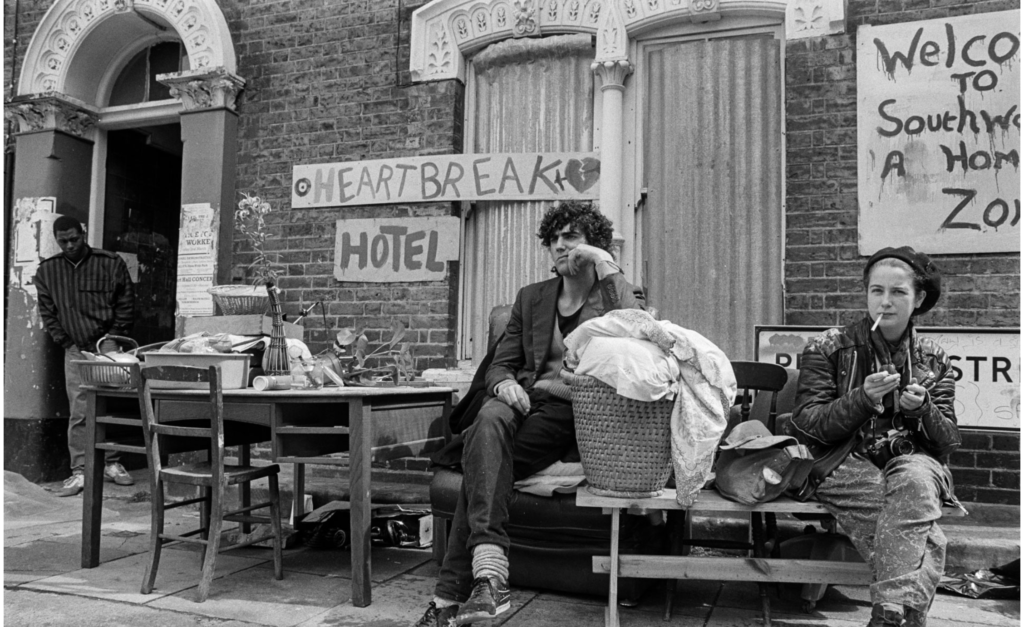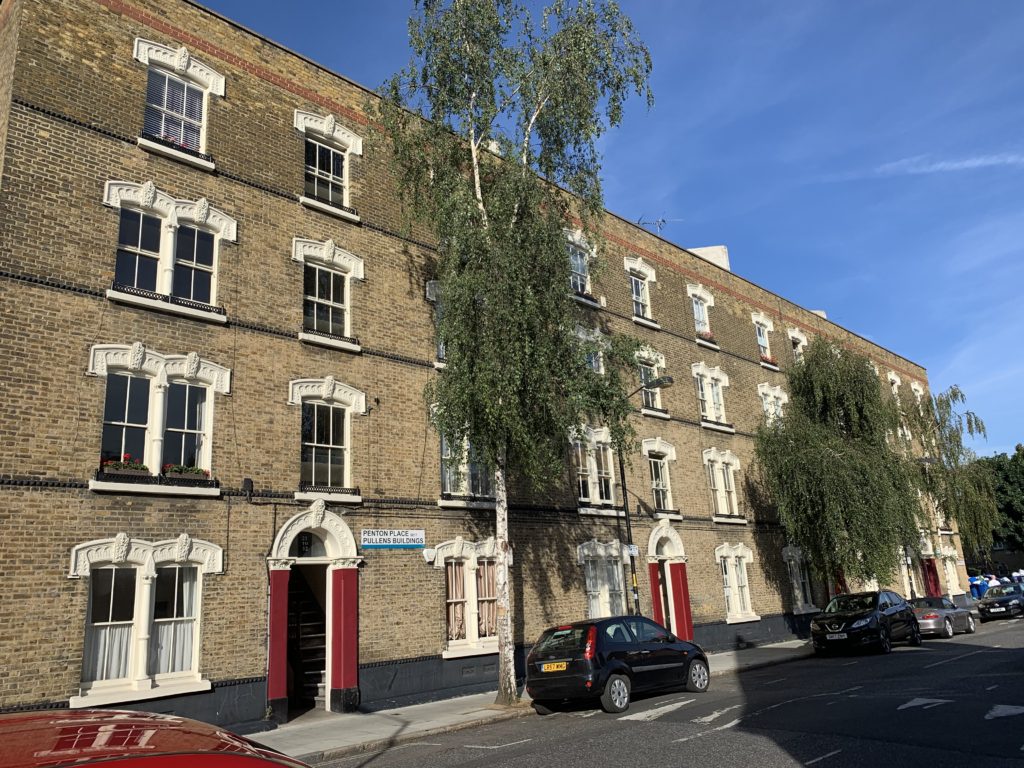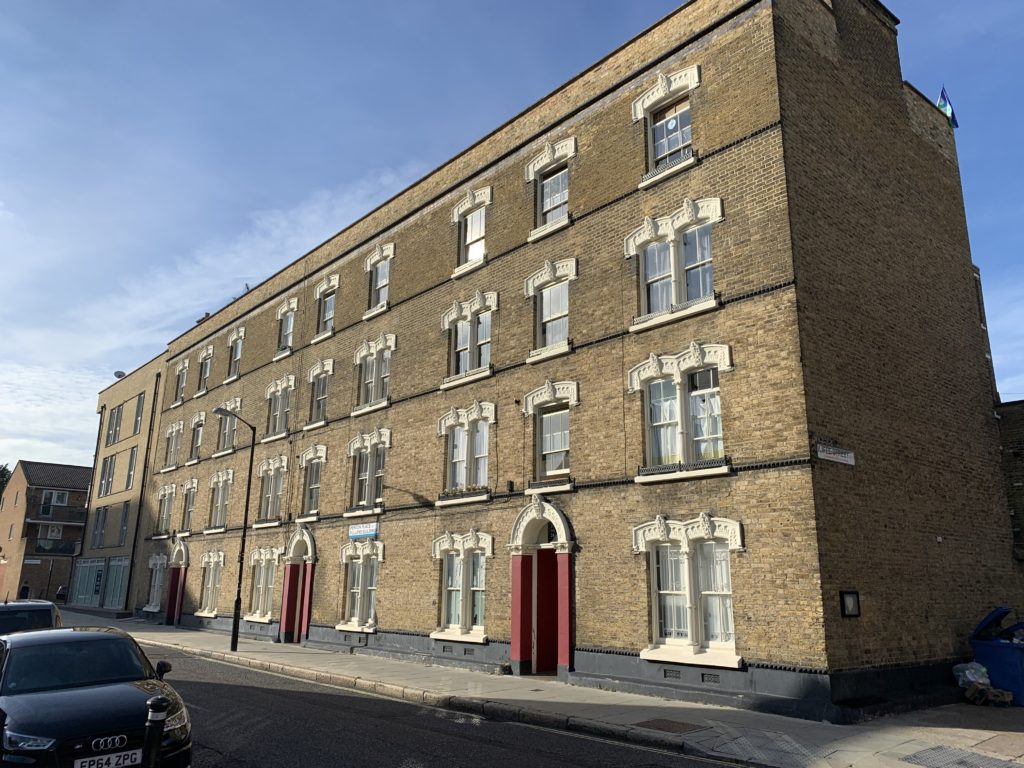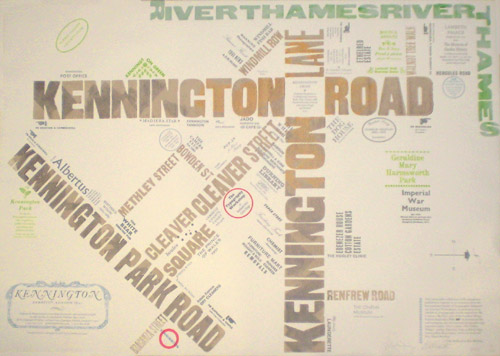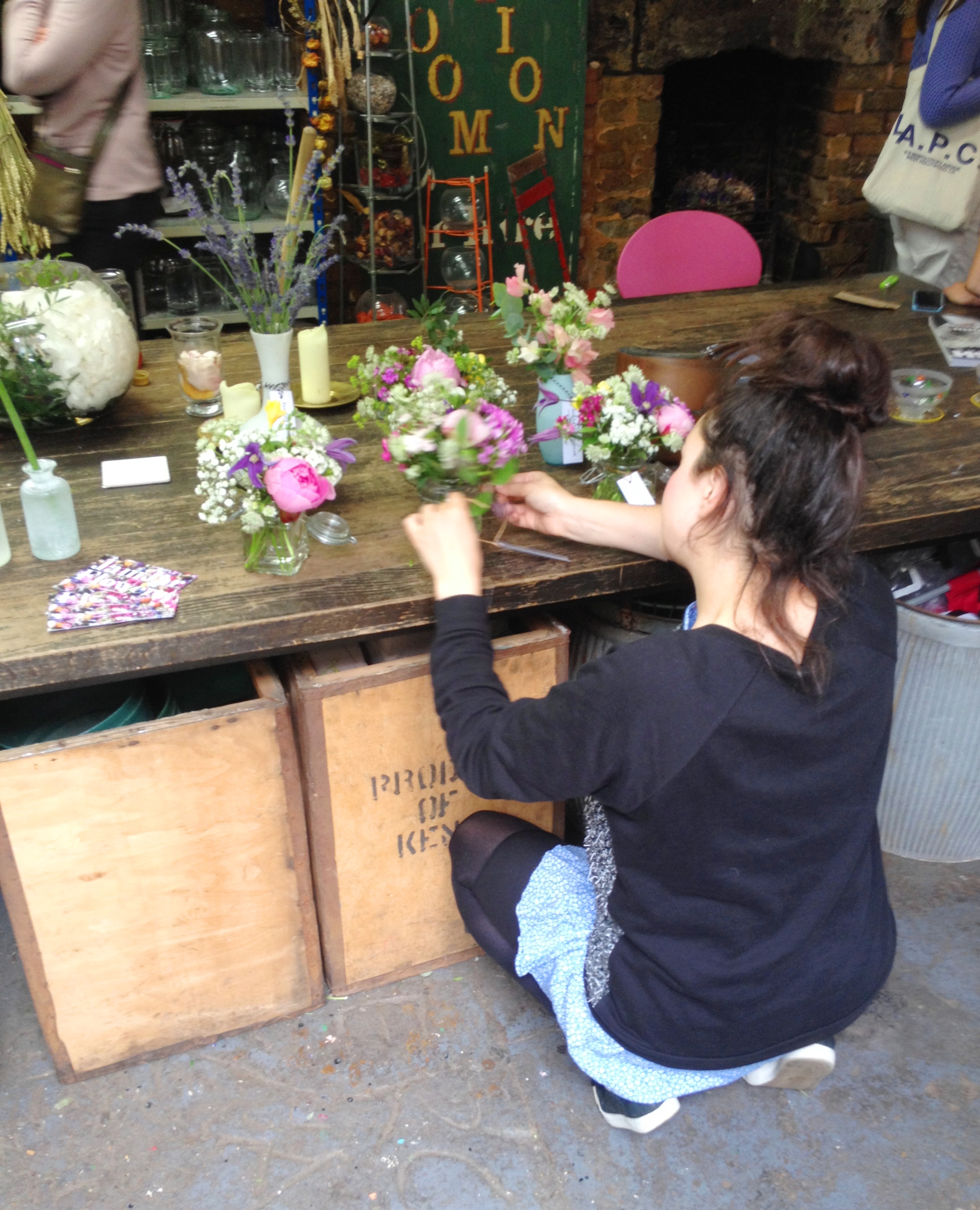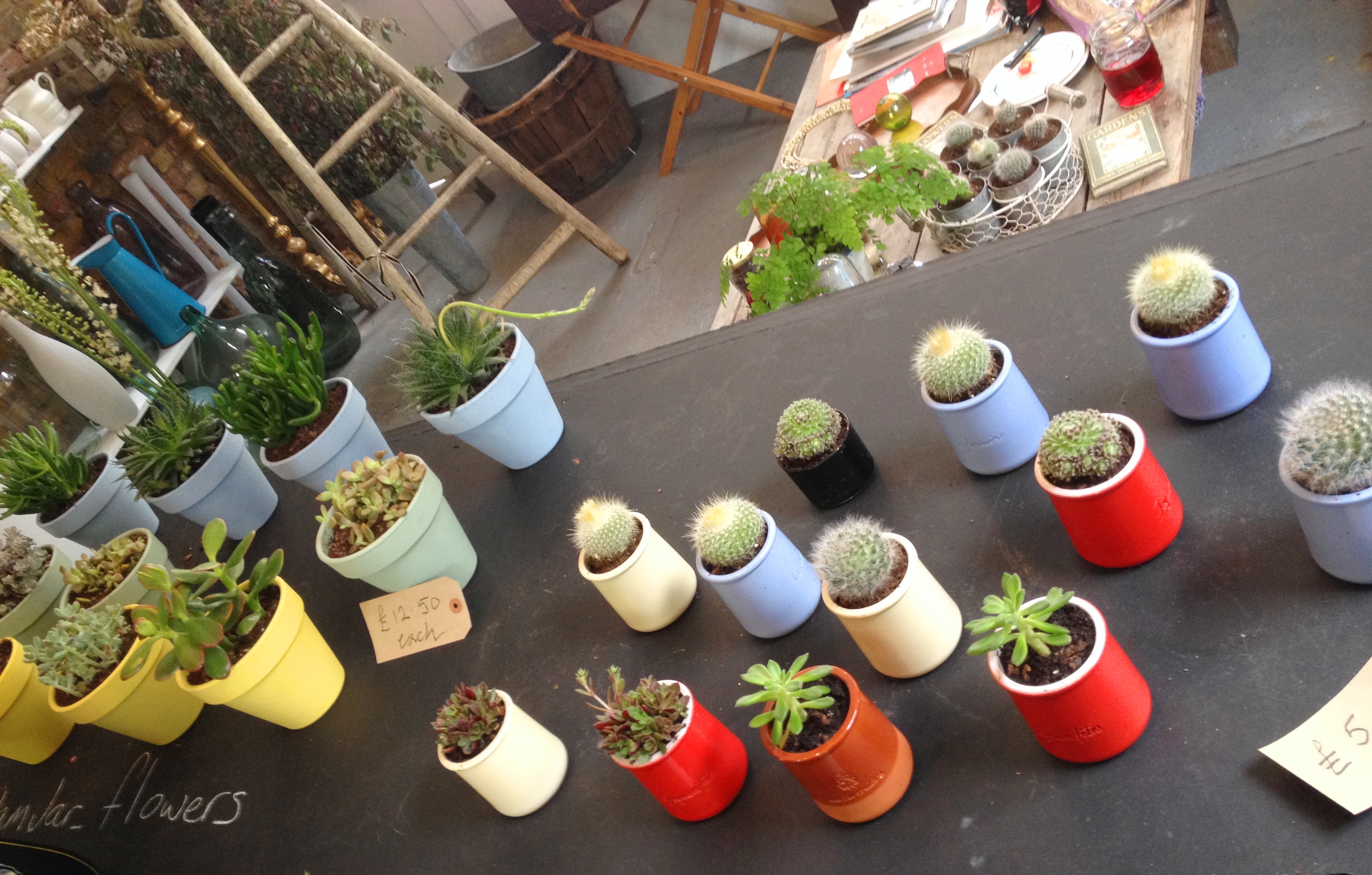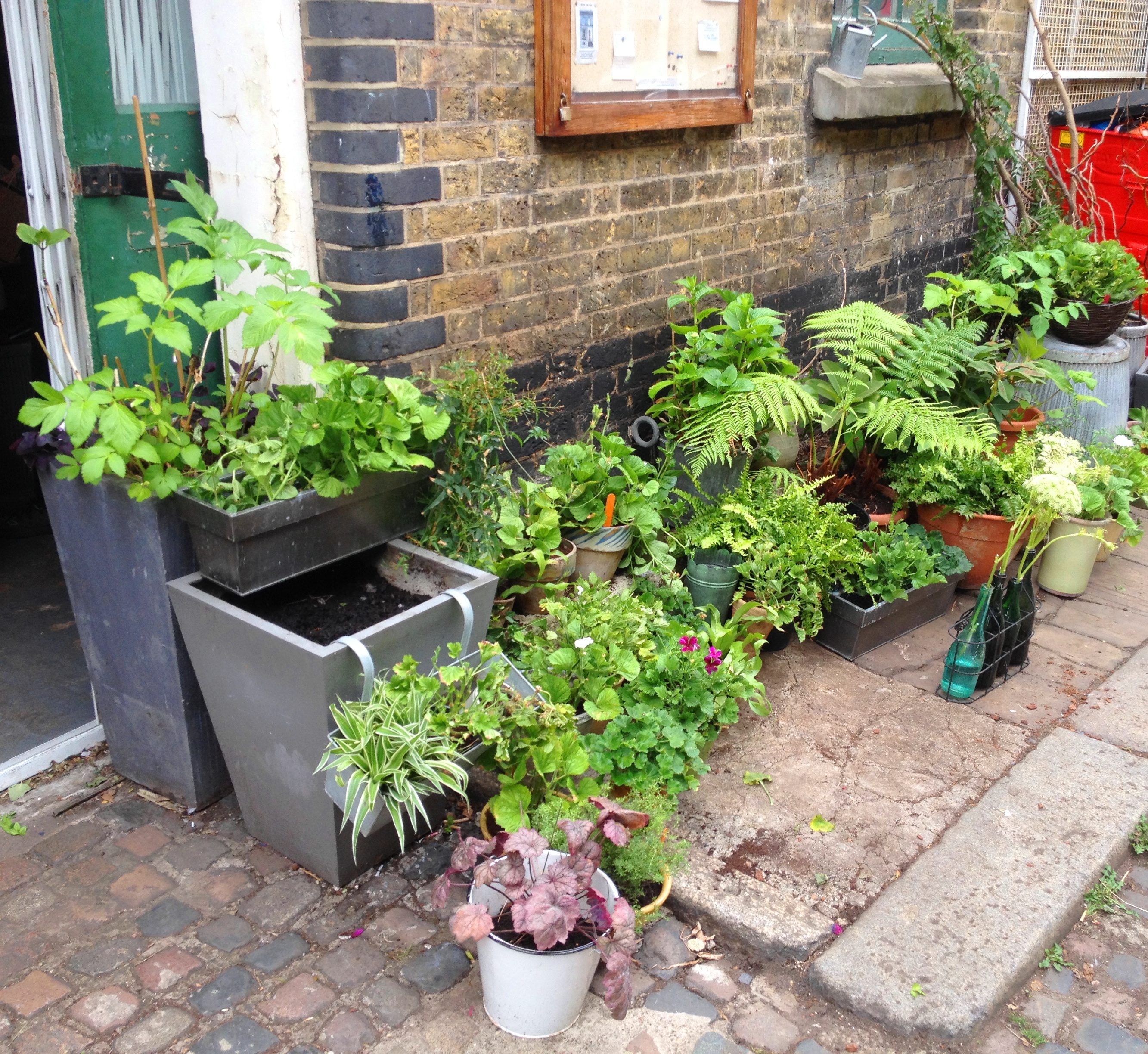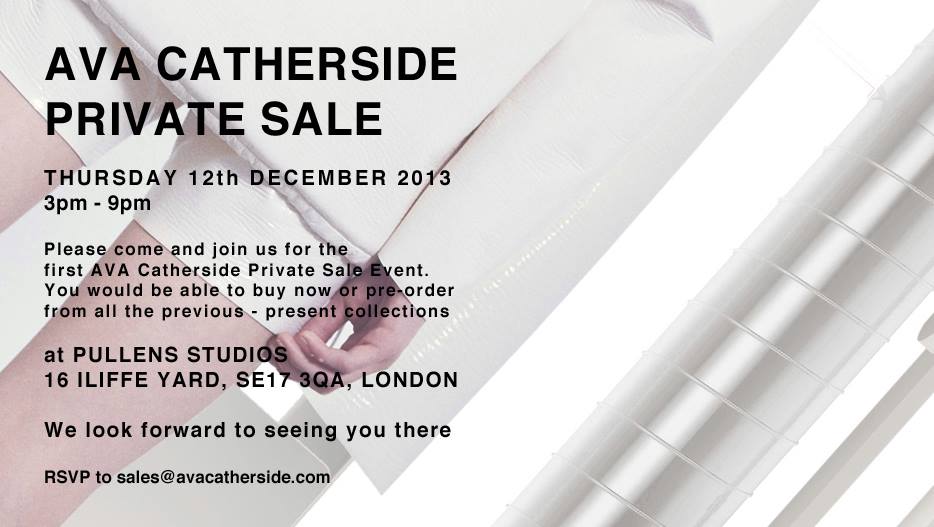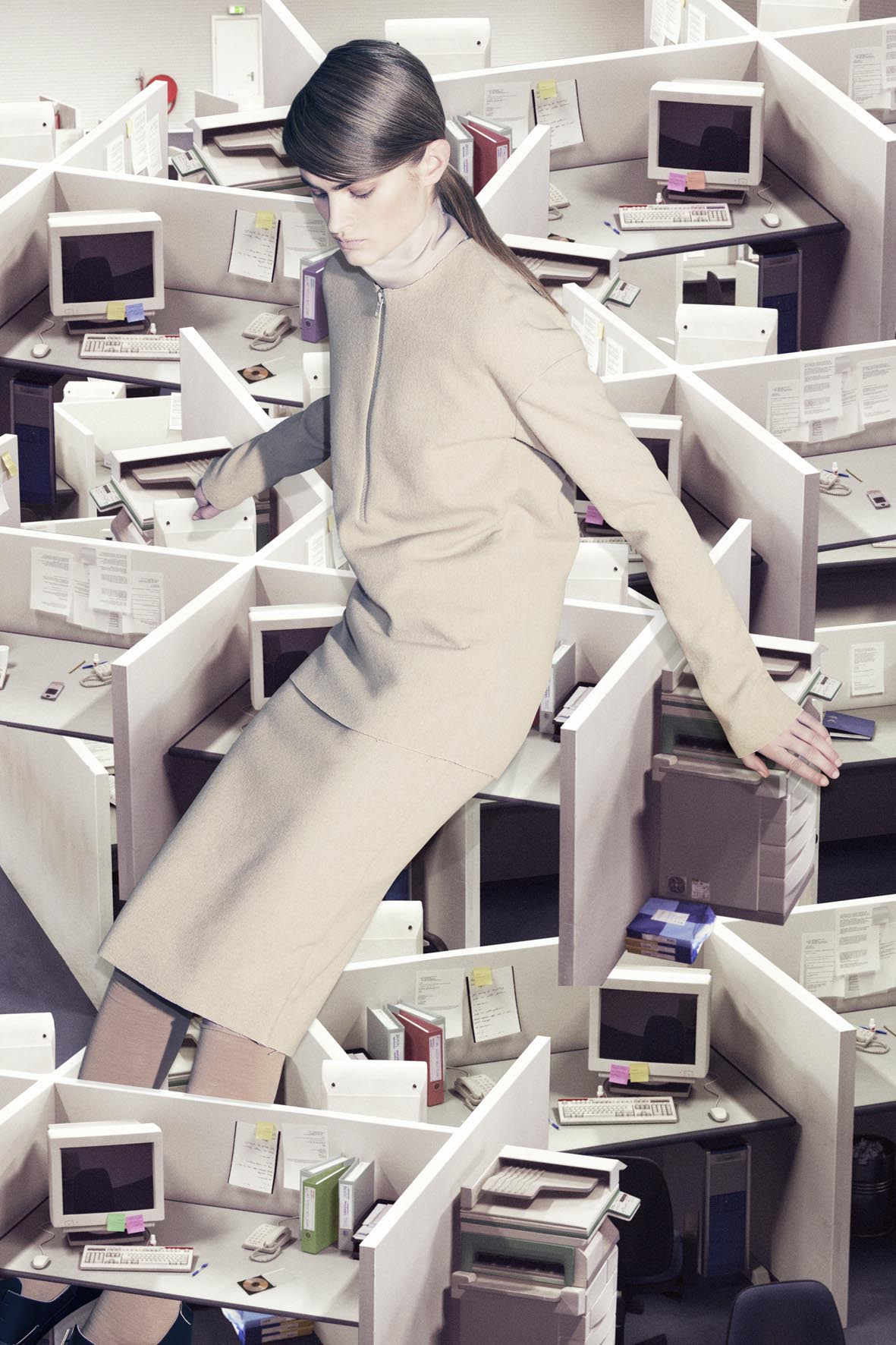If you live in Walworth, or just walk through it, you’ve probably noticed a very fine example of Victorian tenement style dwellings in Penton Place. These are the remaining buildings of the Pullens estate. They have a very curious history, boys and girls, and we’re going to tell you about their history of workmen and squatters rights.
The Pullens estate was made of 684 almost identical one bedroom dwellings with 106 workshops behind (in Clements, Pecock and Illfie Yards, which remain). This was an early version of a live/work space as most of the people worked in the workshops and cobbled streets behind the buildings. This contrasts with the later Peabody dwellings which just focused on housing families. While the dwellings proved wildly popular, not a great deal is known about the workshops.
Zoom ahead to the 1977 and, in the eyes of Southwark, the estate was in serious decline and they wanted it demolished. After a high court battle half of the estate was demolished and half remained. The battle emboldened the residents, who formed a tight knit community in order to fend off future threats. To combat this, Southwark decided to stop letting out properties as they became vacant. With the support of the Tenants Association, the properties were given over to squatters who acted as caretakers. During two drawn out legal procedures in the 1980’s over threatened evictions, public interest in the plight of the squatters grew and it gained national attention.
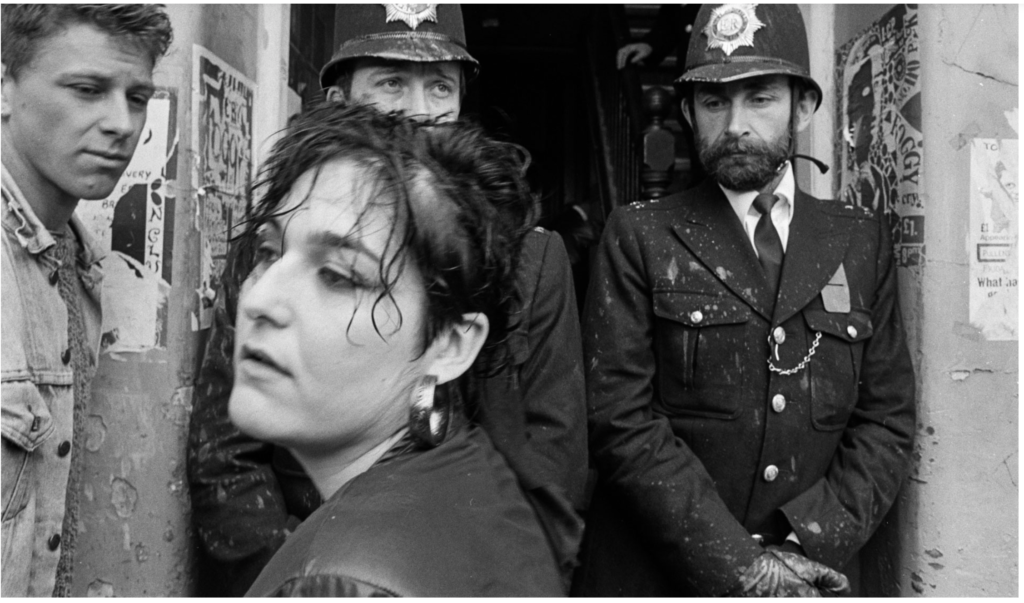
By 1986 Southwark had enough, and on 10 June the bailiffs moved in to evict the squatters. The residents were prepared, and many barricaded their homes against forced entry. 26 people were evicted, but as the bailiffs did not understand the unique layouts of the buildings, many just shifted their belongings and moved back in again. This became known at the ‘Battle of the Pullens’. Negotiations followed afterwards which led to the squatters being awarded caretakers rights and plans to demolish the rest of the estate were abandoned. The association were also responsible for turning the site of a demolished building into a park. It is now Pullen’s Gardens and a lovely place for a spot of lunch.
